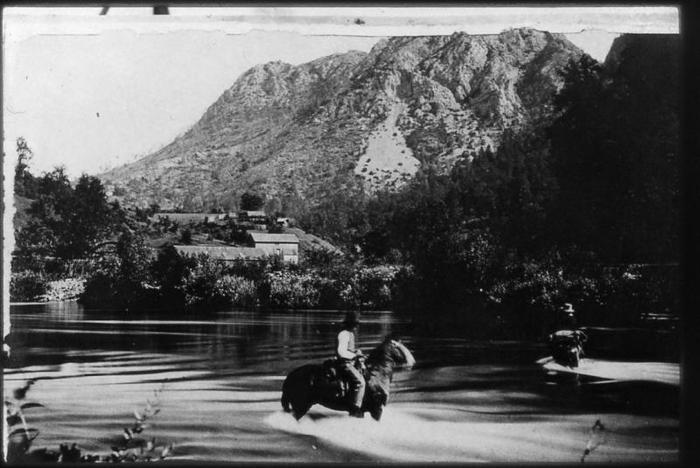Salmon may be trucked to McCloud River

Salmon may be trucked to McCloud River
September 29, 2015
AP
In just two years, Chinook salmon could be swimming above Shasta Dam for the first time in nearly eight decades under a proposal that would truck endangered hatchery-raised fish into a cold-water tributary that feeds the state’s largest reservoir.
Last week, federal fisheries officials laid out an ambitious and complex plan to provide emergency habitat for the Sacramento Valley’s population of winter-run Chinook, whose numbers have plummeted to critical levels during California’s four-year drought.
Under the plan, biologists in 2017 would begin trucking the offspring of winter-run Chinook raised at Livingston Stone National Fish Hatchery at the base of Shasta Dam to the cold waters of the McCloud River.
“It’s an insurance policy for winter-run,” said John Rueth with the U.S. Fish and Wildlife Service.
The young fish would stay in the river until they are ready to migrate downstream. Fisheries officials would use floating traps to catch the fish before they get too far into Shasta Lake. From there, they would truck the salmon below Shasta Dam, where they would be released into the Sacramento River to swim to sea. The cycle would begin anew as adult fish return to the hatchery.
The federal Bureau of Reclamation, which manages Shasta Dam, estimates the cost of the project for the first three years at $16 million.
Officials say the McCloud River was chosen because its water has stayed remarkably cold during summer, even in the drought. That factor could prove vital for the winter-run’s survival given predictions that climate change will bring higher temperatures and more extended droughts to California.
Chinook require a steady supply of cold water to keep their eggs and fry from dying. The Sacramento River winter-run Chinook spawn during the summer months when temperatures are at their hottest.
Decades ago, before dams were built blocking their traditional spawning habitat, vast schools of Chinook migrated from the ocean to spawn and die in California’s rivers in various runs timed with the seasons. The largest run that remains in the Sacramento River system is the fall run, which survives almost entirely due to hatchery breeding programs below Shasta, Oroville and Folsom dams.
The winter run, in contrast, is still largely reared in the wild. Adults lay their eggs in gravel beds along a few miles of river below Shasta Dam. Their numbers have dwindled in the face of predators and deteriorating river conditions. The federal government declared the run endangered in 1994, and it has flirted with extinction ever since.
Last year, officials estimate that only about 5 percent of the winter-run Chinook that hatched in the Sacramento River below Shasta Dam survived long enough to migrate to sea. They died because water releases from Shasta flowed out warmer than federal models had predicted.
Earlier this year, federal scientists believed they had modeled a new strategy to avoid a similar die-off, only to realize their temperature monitoring equipment had failed and Shasta’s waters once again were warming faster than anticipated.
In the months since, they revised course and sharply curtailed flows out of Shasta. The hope is that they reserve enough of the reservoir’s deep, cold water pool to sustain this year’s juvenile winter-run Chinook. Officials said Thursday they won’t know for another month how many fish survived this summer.

Website Hosting and Design provided by TECK.net